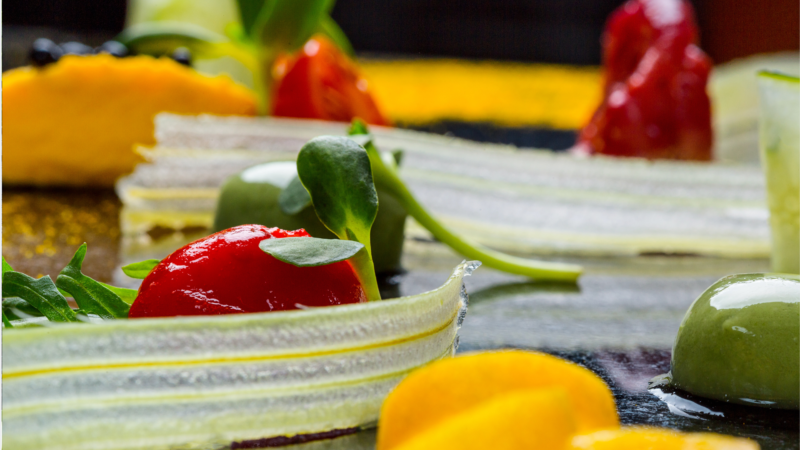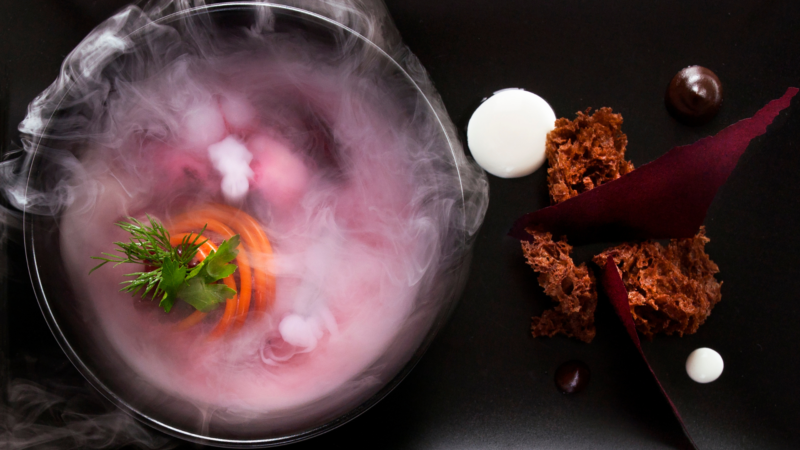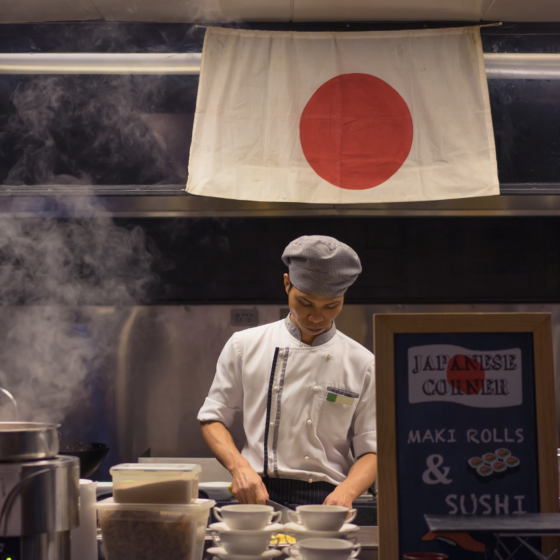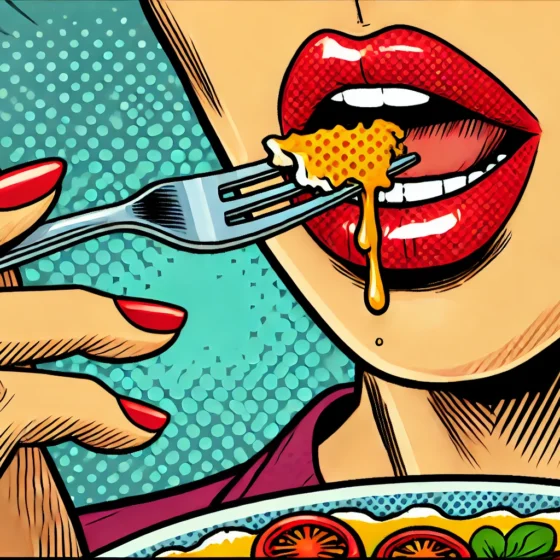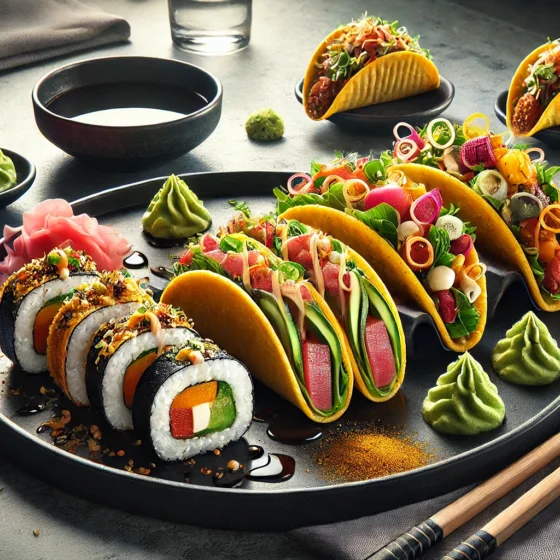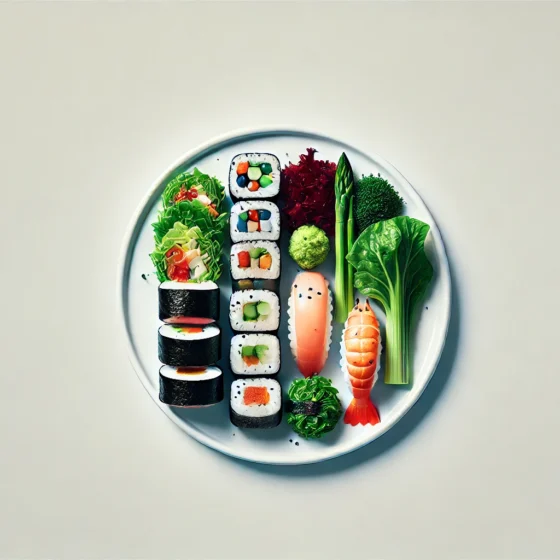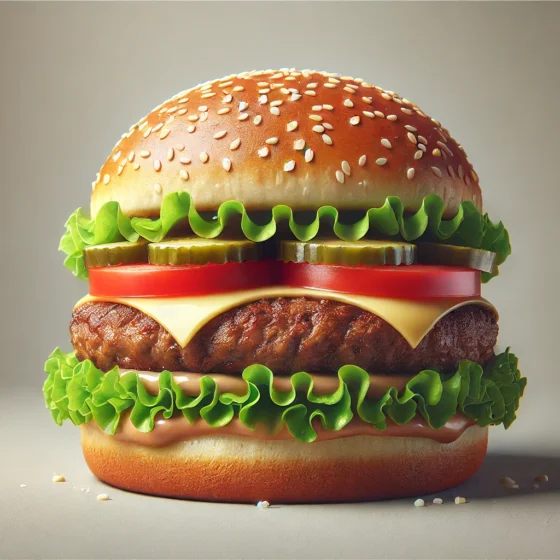Molecular cuisine has emerged as a groundbreaking force in the culinary world, challenging traditional notions of cooking and dining. This innovative approach to food preparation combines scientific principles with artistic creativity, resulting in dishes that are as visually stunning as they are flavourful. Chefs and food enthusiasts alike have embraced this modern gastronomy movement, which has an impact on everything from high-end restaurants to home kitchens.
The rise of molecular cuisine has brought about a revolution in cooking techniques and flavour profiles. From spherification to flash freezing, chefs are using cutting-edge methods to create unique textures and taste experiences. This article will explore the origins of molecular gastronomy, delve into the innovative techniques used in molecular cuisine, discuss controversial aspects and criticisms, and consider the future of this culinary movement. By examining these aspects, we aim to provide a comprehensive understanding of how molecular cuisine is redefining culinary innovation.
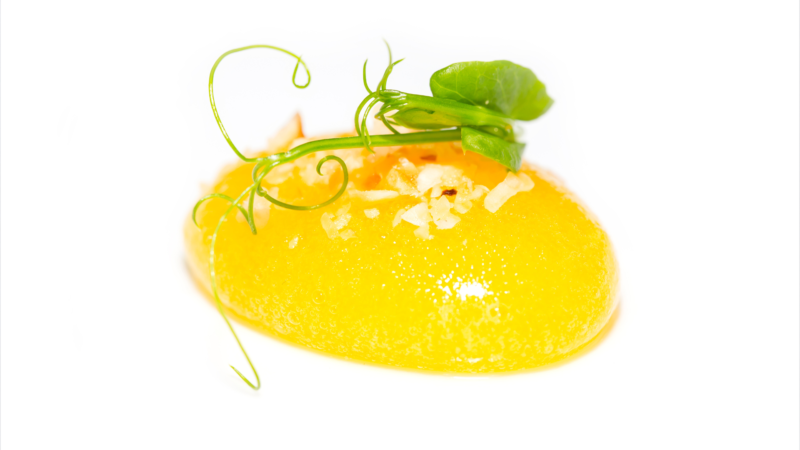
The Origins of Molecular Gastronomy
Molecular gastronomy, a scientific discipline that explores the physical and chemical transformations occurring during cooking, has its roots in the late 20th century. This field was established in 1988 by Hervé This, a physical chemist, and Nicholas Kurti, a former physics professor at the University of Oxford. Unlike traditional food science, which focused on industrial production and nutritional properties, molecular gastronomy examines the mechanisms behind culinary processes in domestic and restaurant settings.
The term ‘molecular gastronomy’ has often been misused to describe a culinary style adopted by renowned chefs like Ferran Adria and Heston Blumenthal. However, these chefs have distanced themselves from this label. Molecular gastronomy is not about being a ‘molecular chef’ or running a ‘molecular restaurant’; rather, it’s a concept that exists in every aspect of cooking.

Innovative Techniques in Molecular Cuisine
Molecular cuisine employs various innovative techniques to create unique culinary experiences. Spherification, a commonly seen technique, uses chemical reactions to trap liquid ingredients within a thin, tasteless membrane, forming clear beads resembling pearls or caviar eggs. This process involves mixing calcium chloride with the main ingredient and dropping it into an alginate-water mixture.
Another technique is the creation of foams or ‘airs’, which add an ethereal quality to dishes. These are made by mixing ingredients with soy lecithin using a hand blender. Sous vide cooking, a method of slow-cooking food in a water bath at low, even temperatures (55 to 60 °F) for extended periods, ensures even cooking and preserves the food’s texture.
Liquid nitrogen is also widely used in molecular gastronomy. It’s employed in creating nitrogen ice cream, resulting in smaller ice crystals and a smoother texture. Chefs use it to create frozen foams, powders, and dramatic ‘smoking’ effects in cocktails.
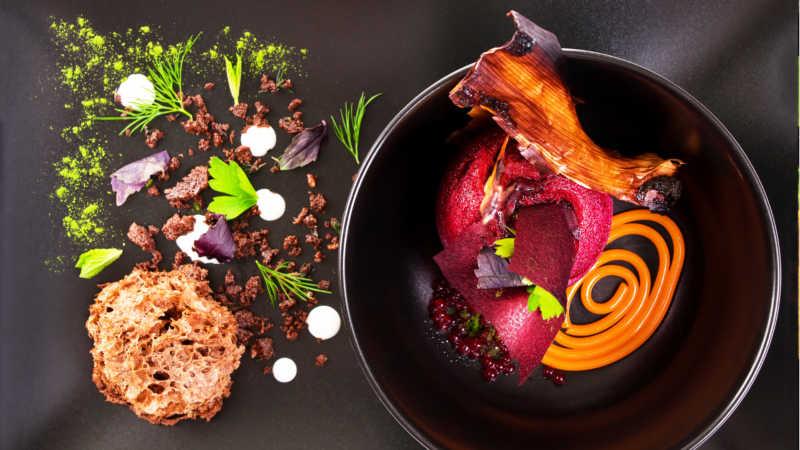
Controversial Aspects and Criticisms
Molecular cuisine has faced criticism and controversy since its inception. Some chefs and food critics argue that it prioritises scientific techniques over traditional culinary methods, potentially compromising the authenticity of dishes. Safety concerns have also been raised, particularly regarding the use of unconventional substances in food preparation. Critics worry about chemical contamination, although established molecular gastronomy ingredients are generally safe when consumed in moderation.
The use of additives has been a significant point of contention. In 2009, a satirical Italian television programme launched an aggressive campaign against molecular cuisine, prompting the health ministry to restrict the use of certain additives. This controversy has led to public misconceptions about molecular gastronomy, with many viewing it as unhealthy, synthetic, and unnatural.
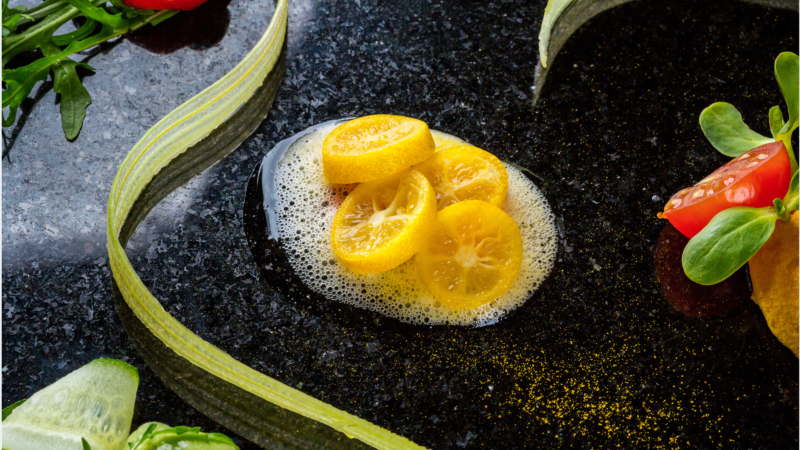
The Future of Molecular Gastronomy
Molecular gastronomy continues to evolve, pushing the boundaries of culinary innovation. This scientific approach to cooking has an impact on various aspects of food preparation and presentation. Chefs are exploring new techniques such as multiple spherification, which involves joining spheres to create surprising textures. Freeze-drying has emerged as a preservation method that maintains the organoleptic characteristics of food. The use of liquid nitrogen has expanded beyond creating sorbets, allowing chefs to experiment with textures in frozen soups and create fog effects during service. These advancements suggest a future where molecular gastronomy will continue to transform the dining experience, offering unique sensory adventures for food enthusiasts.

Conclusion
Molecular cuisine has reshaped the culinary landscape, blending science and art to create groundbreaking dining experiences. Its innovative techniques, from spherification to sous vide cooking, have pushed the boundaries of what’s possible in the kitchen. While facing criticism and safety concerns, this movement has sparked a debate about the nature of cooking and dining, challenging traditional notions and opening up new avenues to explore flavours and textures.
Looking ahead, molecular gastronomy is set to keep evolving, with chefs constantly developing new methods to surprise and delight diners. As the field matures, we may see a balance struck between scientific innovation and culinary tradition, leading to a more nuanced approach to food preparation. This ongoing evolution ensures that molecular cuisine will continue to have an impact on the culinary world, offering food enthusiasts unique sensory adventures for years to come.
